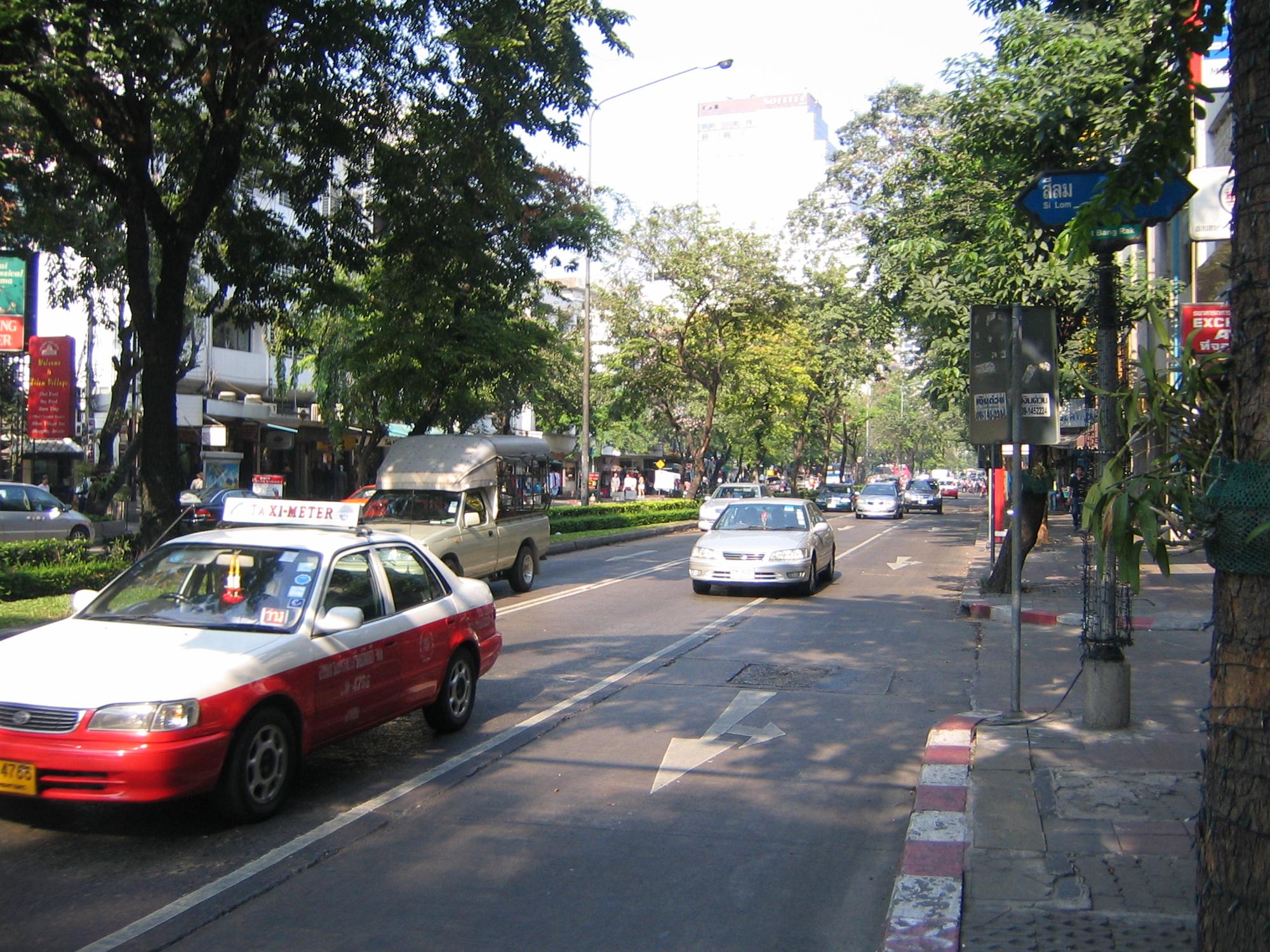Not only do Thailand’s unsafe roads claim 24,000 lives a year, but they also take a heavy toll on the country’s logistics sector.
Experts describe Thailand as being the second-most dangerous country for road travel in the world behind only Libya, where there is an ongoing civil war. An estimated 3% of GDP is lost each year in Thailand because of road accidents.
This is a major problem for both Thailand and its logistics industry, and is worsened by the slow pace and great reluctance to tackle its causes. Also starting to raise concern is the increase in open borders as Southeast Asia moves towards the ASEAN Economic Community (AEC).

Several factors cause this lethal cocktail. One is the sheer number of vehicles: Thailand has 32.4 million registered vehicles for a population of some 67 million people, according to the Global Status Report on Road Safety 2015 by the World Health Organization.
Of this, some 20 million are new vehicles, says Nikorn Jamnong, a former deputy transport minister who is now a road safety expert with the National Steering Reform Committee. Of these new vehicles, 80% are motorcycles, which are involved in 73% of the deaths on the road.
Heavy trucks account for only 2% of accidents, but the price to the logistics industry is significant in terms of lost time and disruption.
Making this problem difficult to tackle is that Thailand is weak on enforcing traffic rules, which also spills into neighbouring countries. “The big problem in Thailand and in surrounding countries is a lack of law enforcement. It doesn't matter what laws you have if they can be overcome by paying a bribe,” Paul Apthorp, a consultant at Greater Mekong Transportation, told Asia Cargo News.
Paradoxically, another complication is Thailand’s roads. Some of these are good, maybe so good that they encourage speeding.
Thailand has 180,000 km of paved roads, of which 450 km are expressways. “In general the roads are considered moderately extensive and efficient by international standards,” noted the ASEAN Regional Road Safety Strategy adopted in November 2015 by ASEAN transport ministers.
This is in marked contrast to Myanmar, where only 11% of the roads are paved, and to Laos, where 17.76% of roads are paved. How drivers will adapt as borders loosen and whether they can adapt safely is complicated, as Jamnong noted: “The side of driving is not the same around us.”
Another part of the problem is drowsy and drunk drivers.
A survey done by Manoon Leechawengwongs, director of the Intensive Care Unit of Vichaiyut Hospital in Bangkok on the relationship between lack of sleep and accidents found 69% of commercial bus and truck drivers reported accidents, one-third of which were attributable to drowsiness.
The problem is persistent, as 61% of drivers worked longer than 12 hours with no days off, the survey reported. “Seventy-five percent and 28% of the commercial drivers felt sleepy and have fallen asleep at the wheel, respectively, in the last six months,” the survey added.
“They spend a lot of time driving because their income is pretty low. They will work until they fall asleep,” Leechawengwongs said.
This problem is likely to get worse, as increased trade of the AEC will likely bring more vehicles and more tired drivers onto the region’s roads. “I’m worrying about more trucks coming to Thailand. There are only five rest areas for big trucks,” Leechawengwongs added.
Regulation is not the help it should be, the survey added. This is complicated by multiple government ministries being involved, says Jamnong.
Thailand has no law prohibiting commercial drivers from working over a number of hours/day and days/week as in developed countries. There is only one rule, which limits commercial drivers to no more than four hours and, even then, only 30 minutes’ rest is required before they can continue for another four hours. For every bus trip exceeding 500 kilometres, the law specifies there must be two bus drivers taking turns driving.
“But who is enforcing the regulations? I don't know of anyone who does. Police just pull over drivers and ask for bribes, regardless,” said Greater Mekong’s Apthorp. He pointed out the problem is both technical and cultural, as tachographs, devices fitted into truck cab to monitor speed, distance and driver activity, are not used in Thailand, but kickbacks are.
Some changes, though, are being planned, although maybe not enough to tackle the scale of the problem as it now stands. The government plans to increase the number of hours of practice required for a licence to 10 then 15 hours, and a written exam will come into force next year.
“We plan to make it harder in the coming years,” said Wallop Ngarmson of the Department of Land Transport.
The private sector also has some good practices in place although there is a problem in spreading them, Ruth Banomyong, head of the Department of International Business, Logistics and Transport told Asia Cargo News.
Larger Thai companies such as the Siam Cement Group, ThaiBev and Boon Rawd have outsourced their logistics to larger companies who adhere to corporate standards. The problem is further down the value chain, where the owner/driver doesn’t have the capacity to adhere to better practices.
“These are the ones that need to be trained,” Banomyong said, adding he is not optimistic it will be done soon.
By Michael Mackey
Southeast Asia Correspondent | Bangkok




